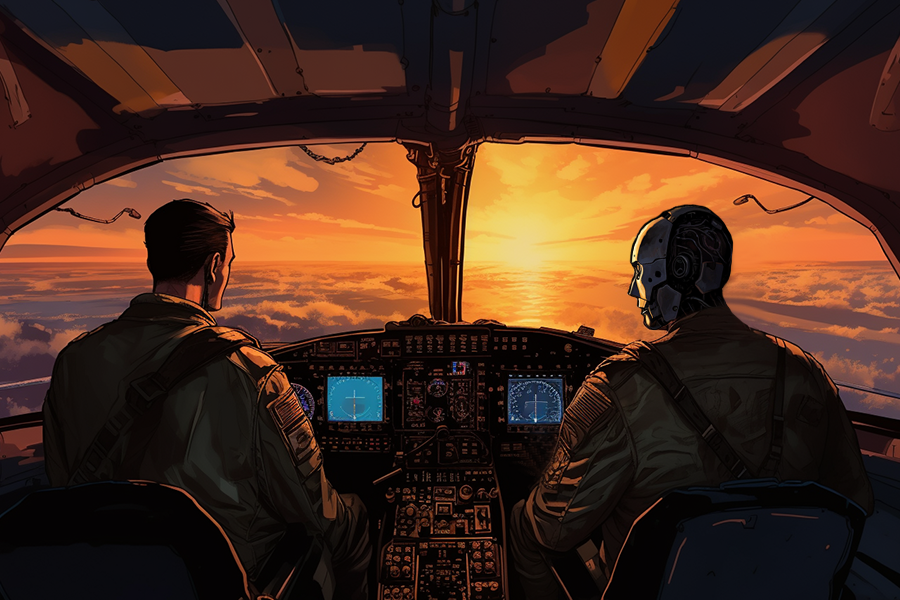MIT researchers have developed Air-Guardian, an AI system designed to act as a proactive copilot for pilots. The system uses eye-tracking and saliency maps to determine attention and identifies potential risks. It can be adjusted based on the situation’s demands and aims to enhance safety and collaboration in aviation. The system has been tested successfully and could have broader applications in other areas such as autonomous vehicles and robotics.

The Air-Guardian system, developed by researchers at MIT CSAIL, is like a proactive copilot for pilots dealing with an overload of information from multiple monitors. It uses eye-tracking for humans and “saliency maps” for the neural system to determine attention. By identifying signs of potential risks early on through attention markers, the system acts as a partner to the human pilot, instead of just intervening during safety breaches. Air-Guardian’s adaptable nature ensures a balanced partnership between human and machine. Field tests have shown that the system reduces flight risk and increases success rates. The system utilizes advanced technology, including liquid closed-form continuous-time neural networks and VisualBackProp algorithm for analyzing incoming images. The human-machine interface still needs refinement for future mass adoption. Overall, Air-Guardian represents the synergy between human expertise and machine learning, aiming to enhance safety and collaboration in aviation. The research was funded by various organizations and doesn’t necessarily reflect the views of the U.S. government.
Action items:
1. Refine the human-machine interface of the Air-Guardian system to make it more intuitive and user-friendly, potentially using an indicator like a bar to signify when the guardian system takes control. (No specific person assigned)
2. Conduct further research and development to enhance the adaptability and adjustability of the Air-Guardian system based on different situations and demands. (No specific person assigned)
3. Investigate the potential applications of similar cooperative control mechanisms used in the Air-Guardian system in other domains such as cars, drones, and robotics. (No specific person assigned)
4. Explore the use of the visual attention metric for allowing earlier interventions and greater interpretability by human pilots in aviation scenarios. (No specific person assigned)
Please note that these action items are based on the information provided in the meeting notes and may require additional planning and discussion with the relevant stakeholders.
List of Useful Links:
- AI Scrum Bot – ask about AI scrum and agile
- AI copilot enhances human precision for safer aviation
- MIT News – Artificial intelligence
- Twitter – @itinaicom
























